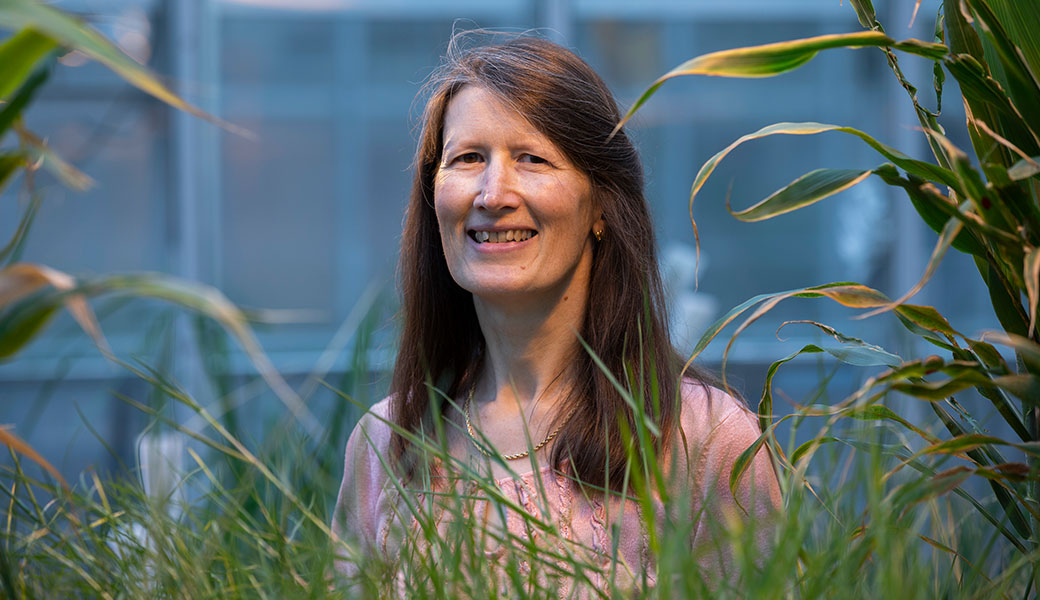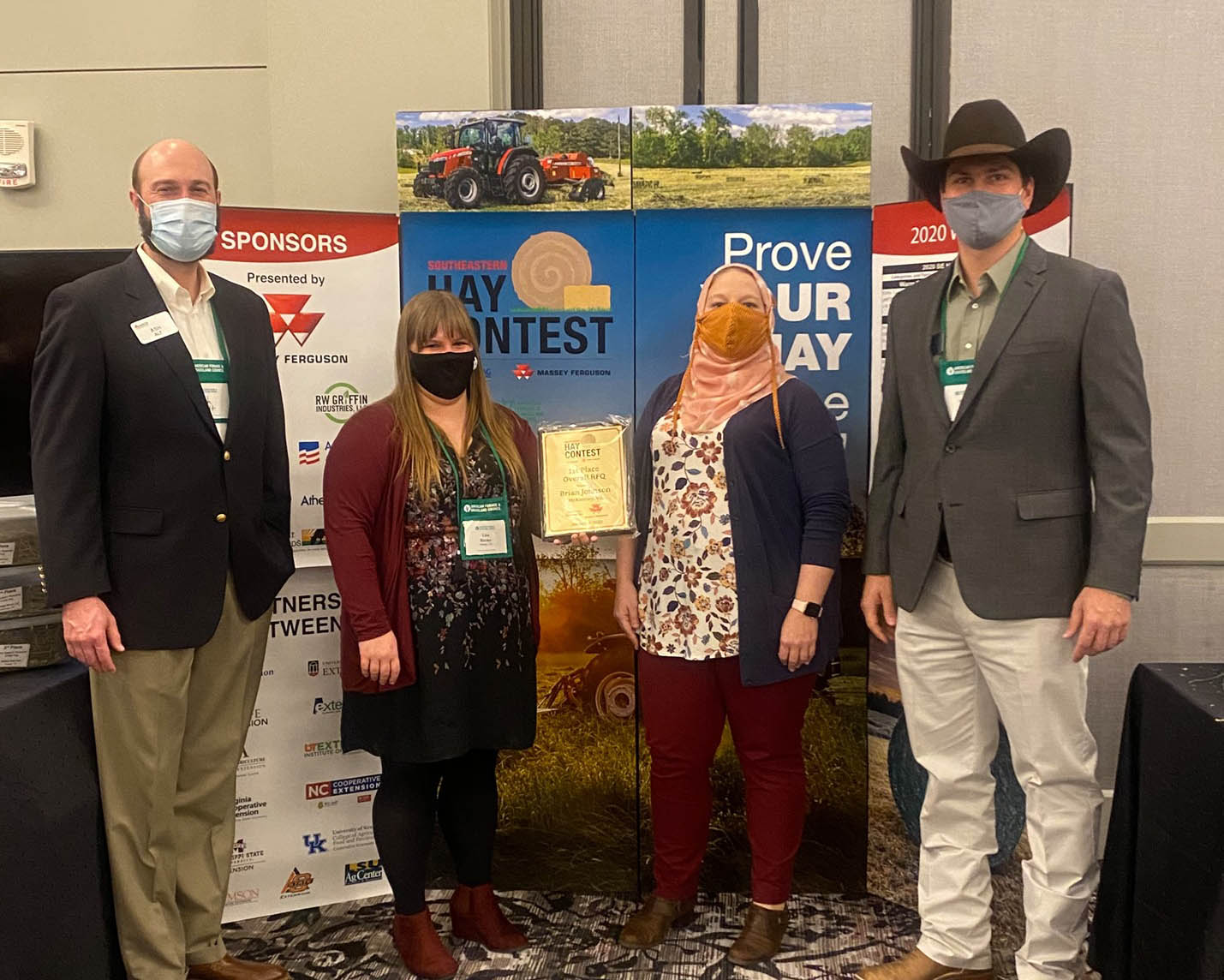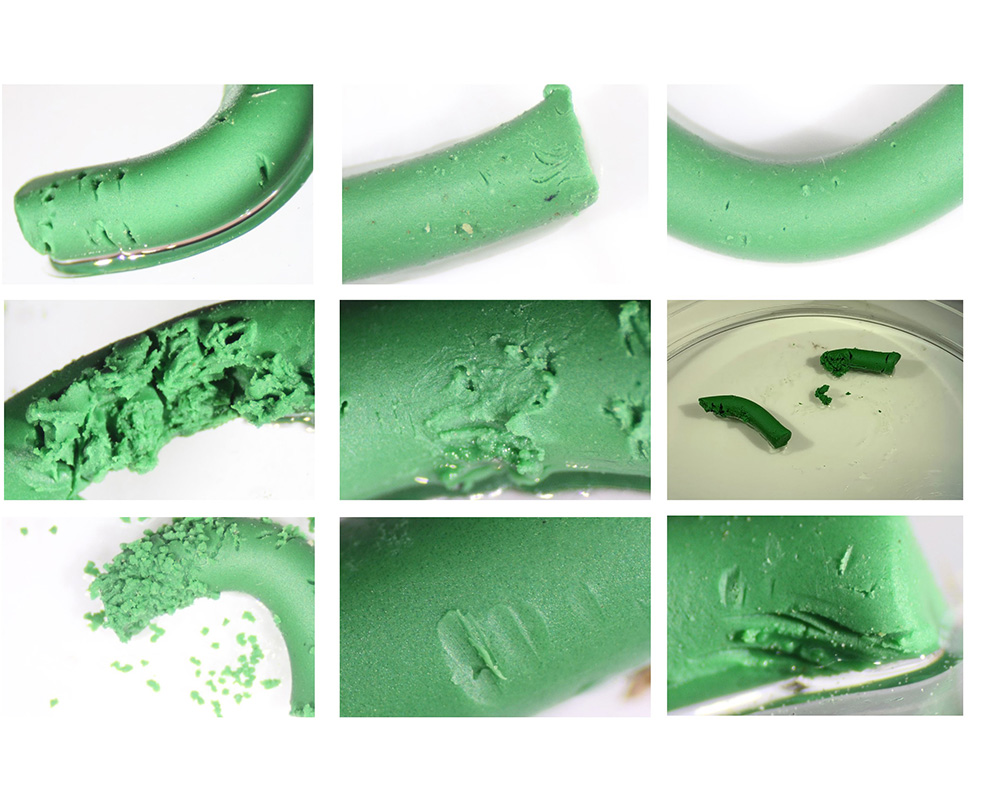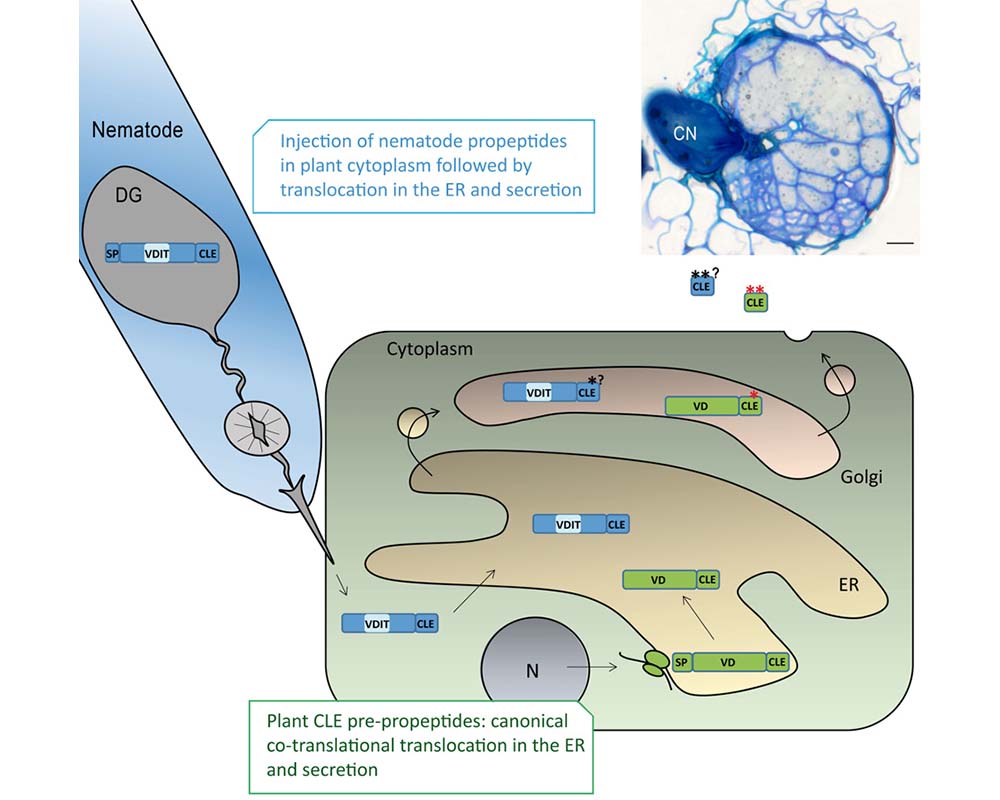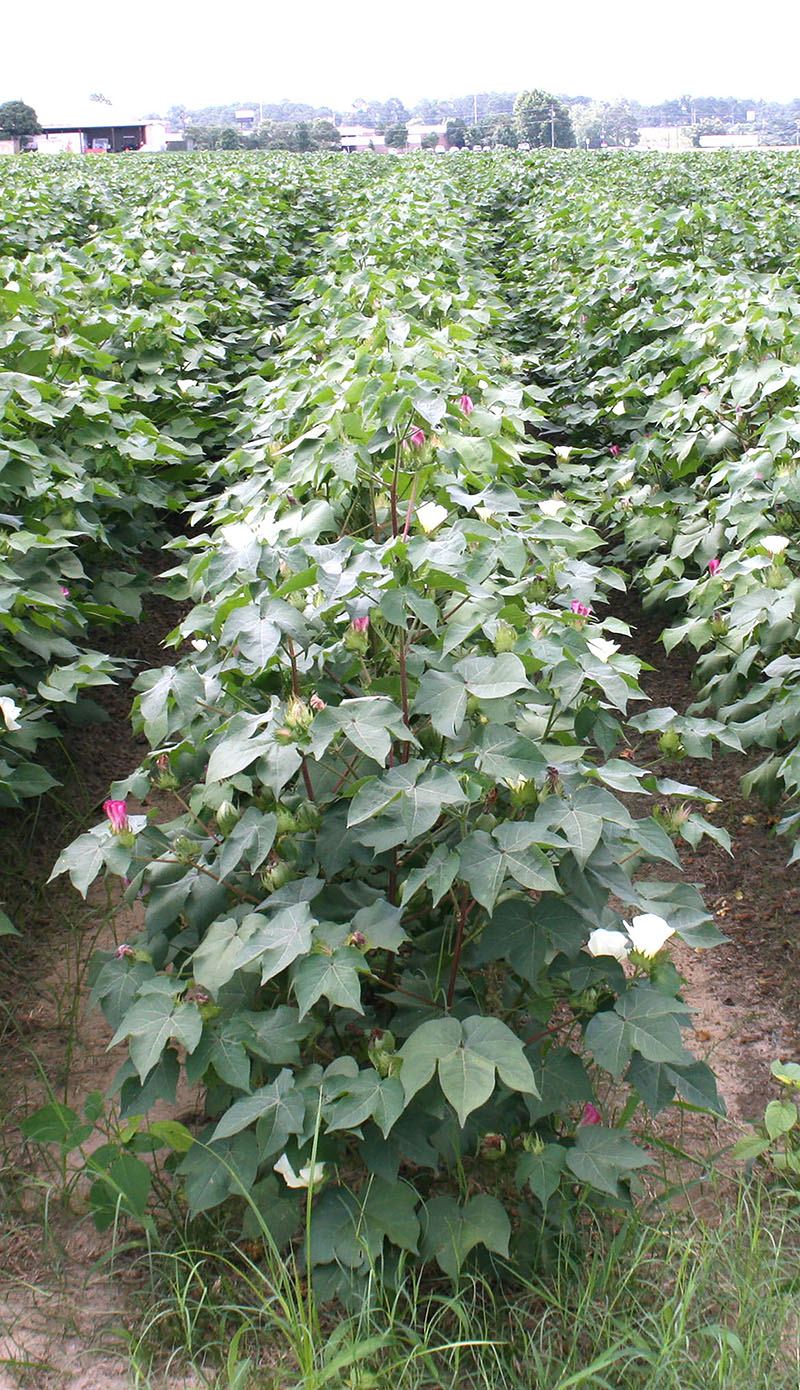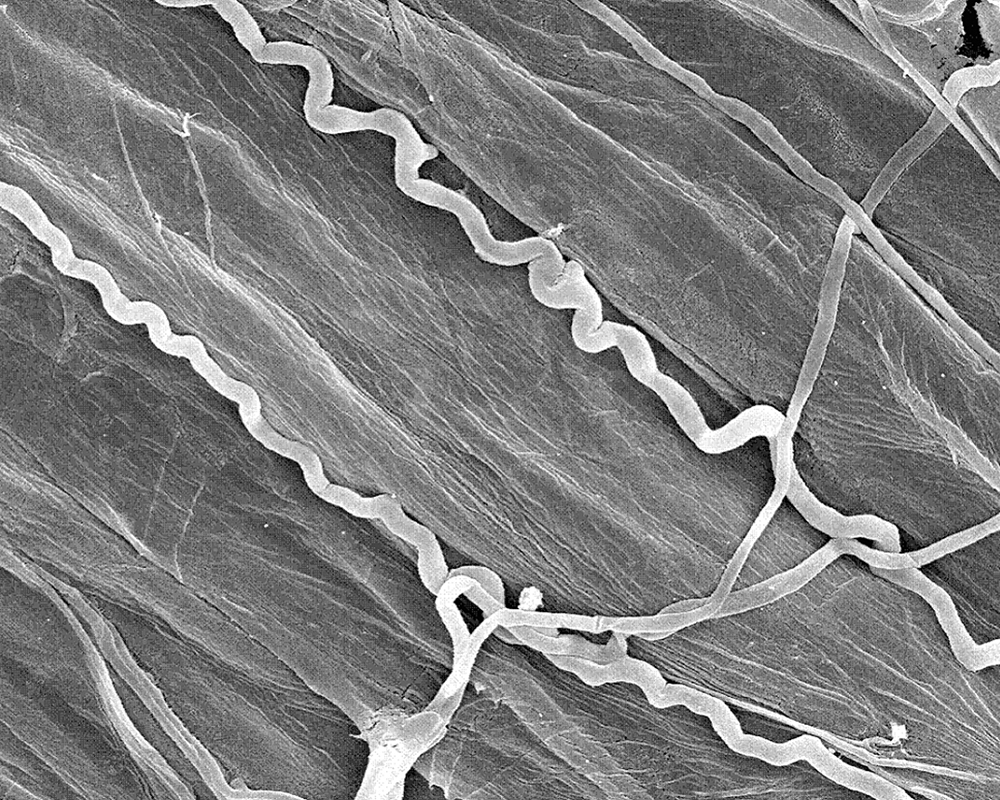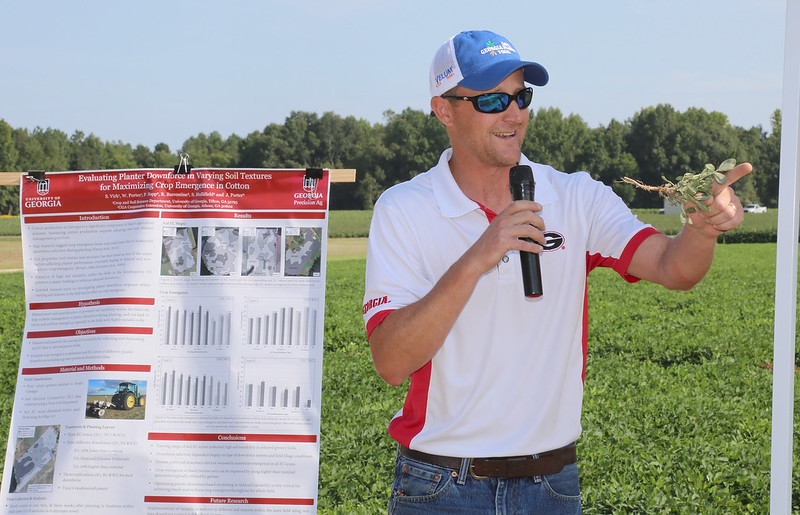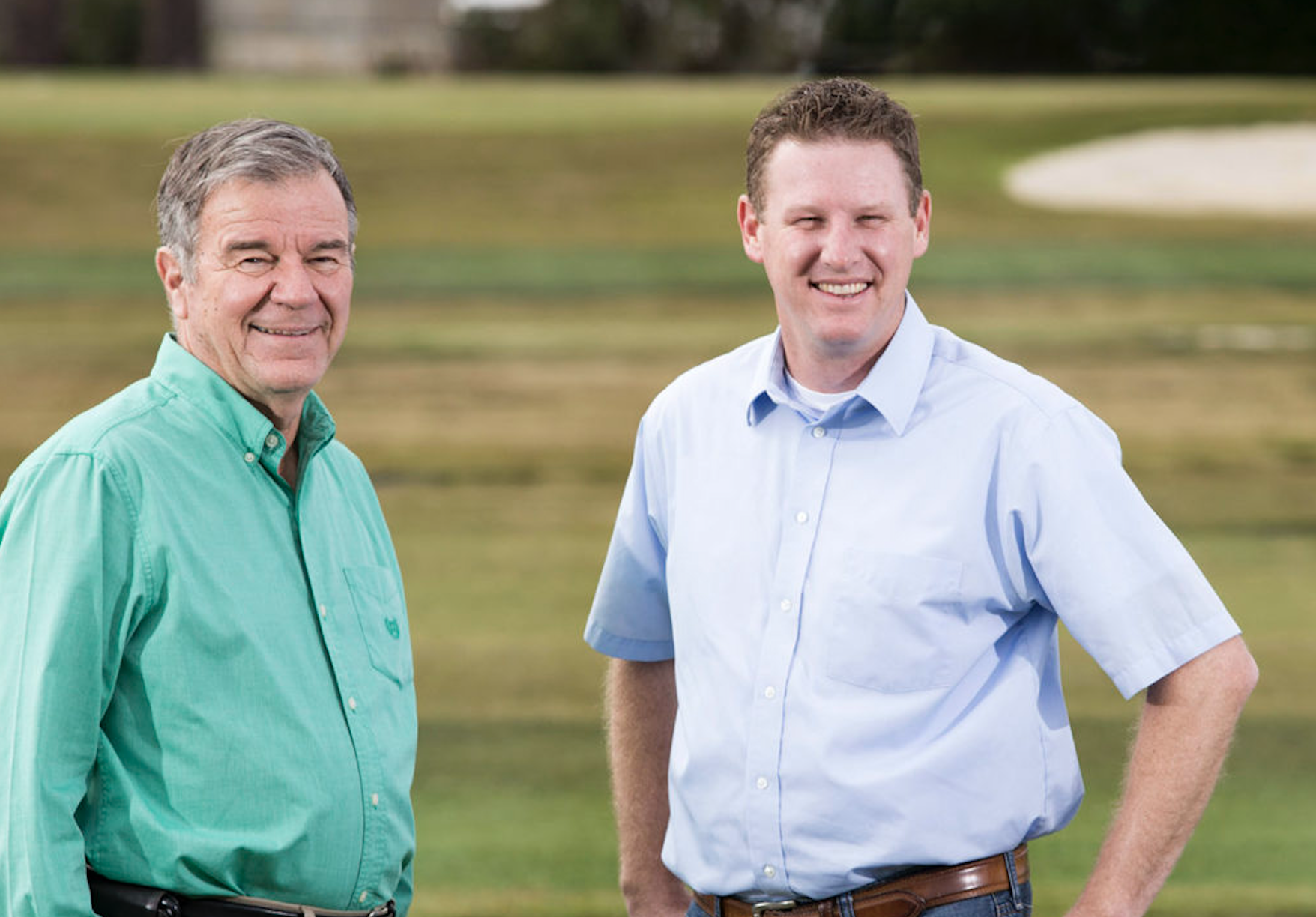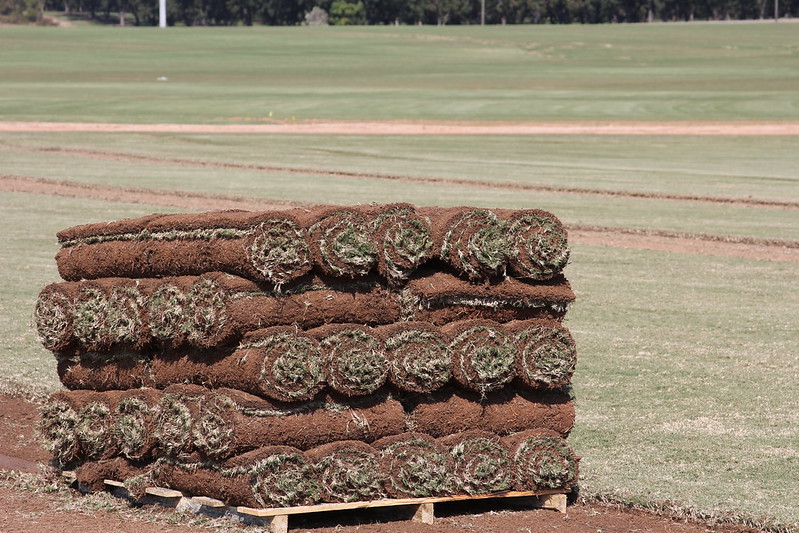 CAES News
CAES News
Sod Price Survey 2021
If seeing the turfgrass during the Super Bowl has you itching to unfurl sod for a new lawn, it will likely cost a bit more than usual, according to a report by the University of Georgia.

